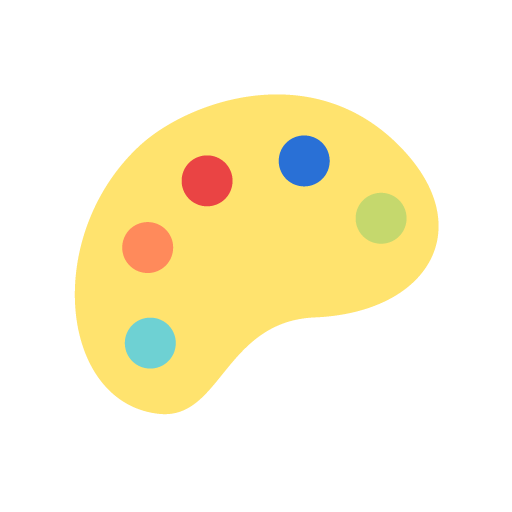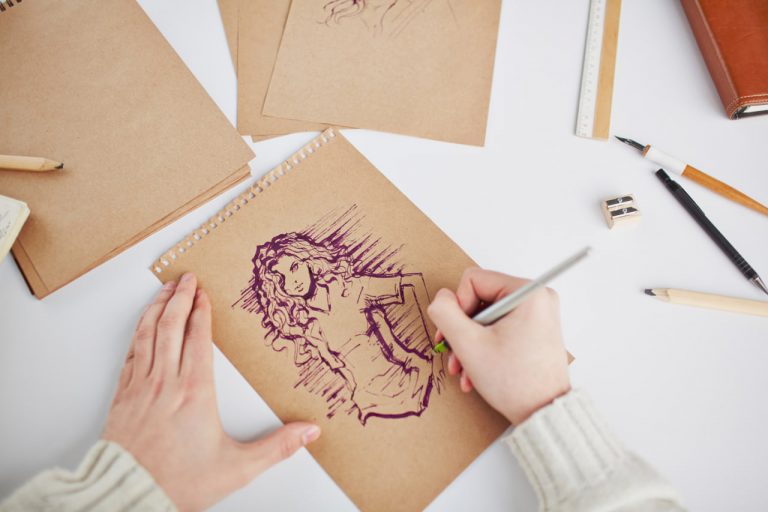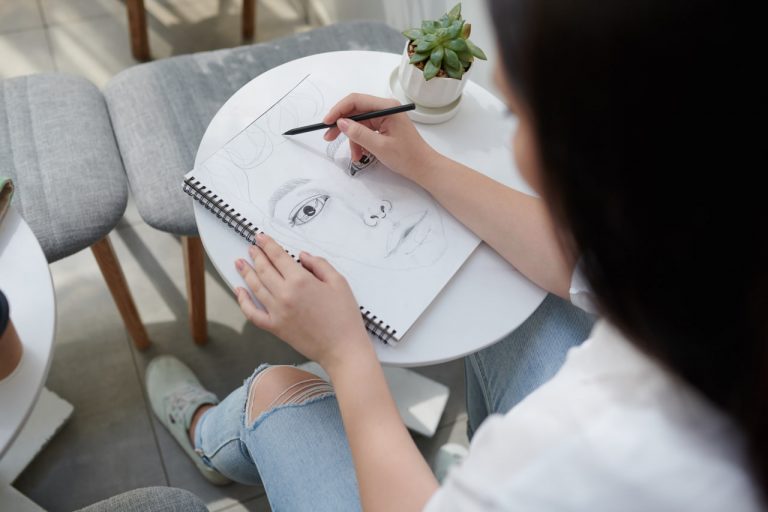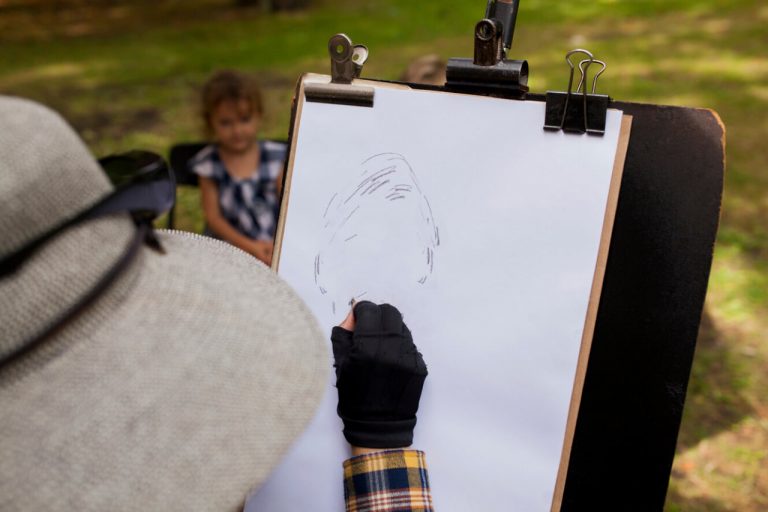Starting to draw can be both exciting and overwhelming. You open your sketchbook, sharpen your pencil, and begin with great enthusiasm—only to find yourself frustrated when the result doesn’t match what you imagined. The truth is, nearly all beginners face the same common pitfalls early on. These mistakes don’t mean you lack talent—they simply show that you’re learning.
Understanding these challenges and knowing how to fix them will help you grow faster, enjoy the process more, and build confidence in your skills. Let’s explore the five most common drawing mistakes beginners make—and how you can avoid them starting today.
Drawing Too Dark Too Soon
One of the first habits beginners develop is pressing too hard on the pencil right from the beginning. Heavy lines are difficult to erase and can leave deep marks on the paper. This makes it challenging to adjust proportions or make corrections without damaging the drawing surface.
Start with light, loose strokes. Think of your pencil as a sketching tool, not a final marker. Build up values gradually. When you start lightly, it’s much easier to make changes as you go—and you’ll feel less anxious about getting it “perfect” on the first try. Use layering to darken areas later in the process once the structure is in place.
Ignoring Basic Shapes and Structure
Many beginners jump into drawing details too quickly—focusing on eyes, hands, or hair before establishing the overall shape. This often results in drawings that feel distorted or unbalanced.
Everything you draw can be broken down into basic forms like circles, ovals, rectangles, and lines. Learning to see and sketch these underlying structures is essential for accuracy. For example, before drawing a face, lightly map out the skull shape, center line, and eye placement. This simple planning will help your drawings look more natural and proportionate.
Practicing simple shape breakdowns will train your eye to see the world like an artist—and make even complex subjects feel more approachable.
Being Afraid to Make Mistakes
A lot of beginners approach drawing with a perfectionist mindset. They hesitate to draw freely, erase too often, or avoid trying new techniques because they’re afraid of doing it wrong. Ironically, this fear can slow progress and stifle creativity.
Mistakes are not failures—they’re part of the learning process. In fact, you learn more from a sketch that goes wrong than one that turns out okay by accident. Try keeping a “messy” sketchbook where you allow yourself to make imperfect drawings without judgment. Over time, you’ll notice that those pages teach you the most.
Confidence comes from doing, not waiting to be perfect. The more you draw, the faster your hand, eye, and imagination begin to work together.
Relying Too Heavily on Outlines
It’s natural for beginners to focus on outlining objects, but this can result in flat or cartoonish drawings. Realistic drawing is more about light, shadow, and volume than outlines alone.
Instead of outlining everything, try to observe the light source in your reference or real-life subject. Use soft shading, changes in tone, and contrast to define edges and form. Practicing with light and shadow will give your drawings depth and realism, even without strong outlines.
One helpful exercise is to draw a simple object using only values—no lines at all. This will train your brain to see form rather than just shape.
Not Using References
Many beginners believe using reference images is “cheating,” and try to draw from imagination alone. But even professional artists use references daily—it’s a vital part of the creative process.
Drawing from reference teaches you how things actually look, not just how you think they look. It builds visual memory, improves accuracy, and sharpens observation. Whether it’s a photo, a real object, or even your own hand, studying real-life details helps you draw more convincingly.
Choose clear, well-lit references and don’t just copy—observe carefully. Notice how the shapes connect, how shadows fall, and how proportions work. Over time, this practice will greatly improve your ability to draw from imagination as well.



